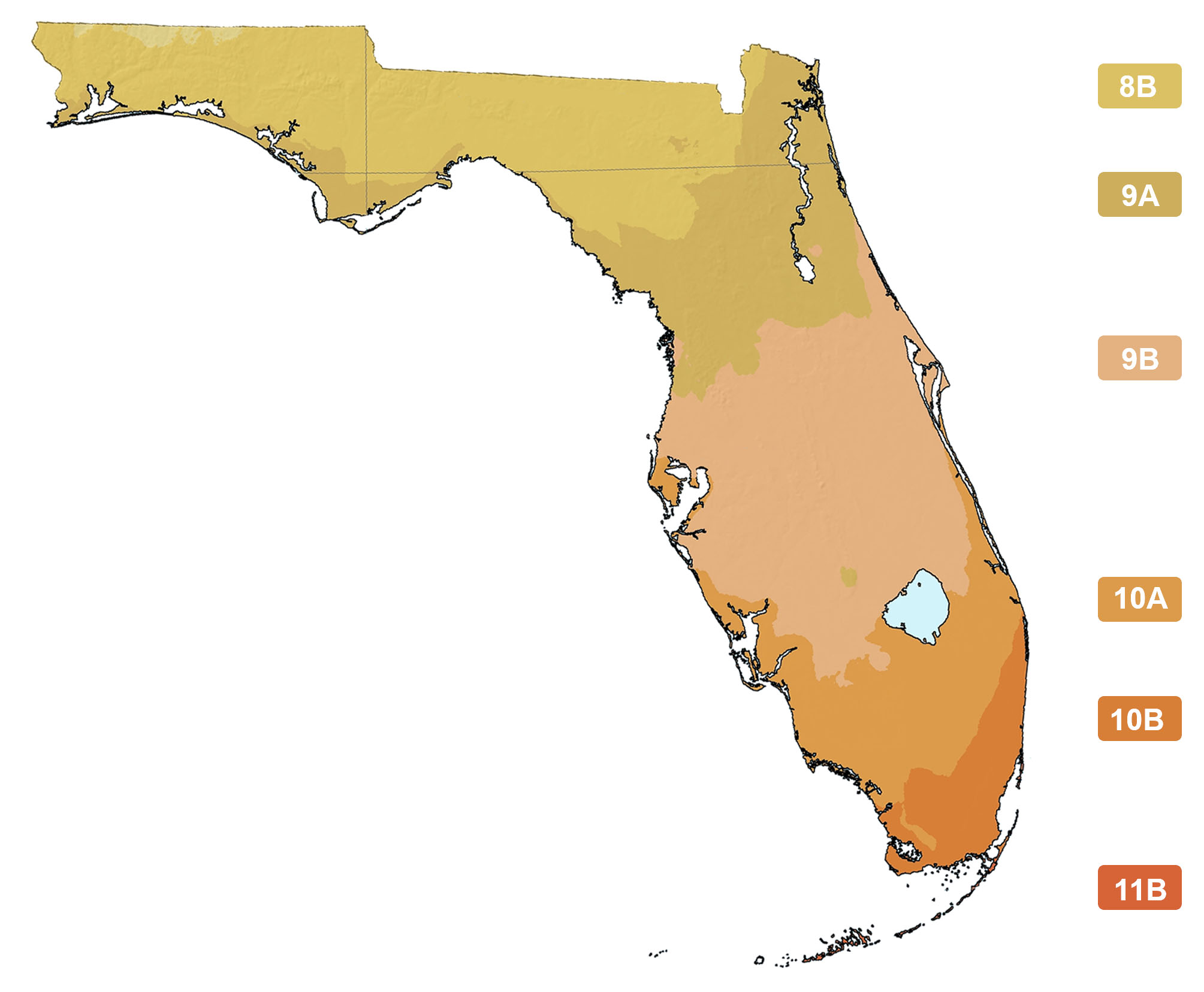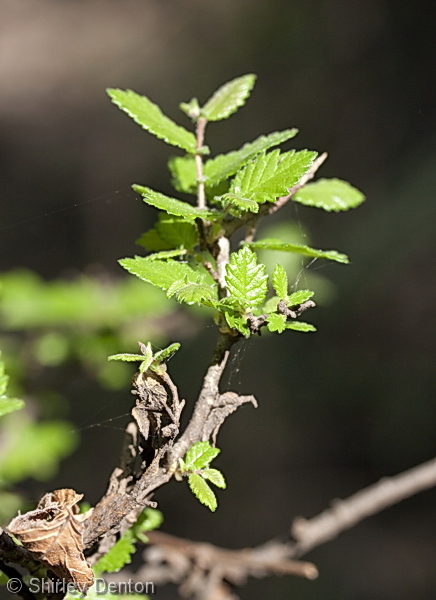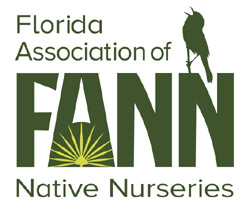Ulmus crassifolia
Photographs belong to the photographers who allow use for FNPS purposes only. Please contact the photographer for all other uses.
Cedar Elm
Ulmaceae
Plant Specifics
| Form: | Tree | |
| Size: | 40-80 ft tall by 20-40 ft wide | |
| Life Span: | Long-lived perennial | |
| Flower Color: | NA | |
| Fruit Color: | NA | |
| Phenology: | Deciduous | |
| Noted for: | Interesting bark, Fall color, Interesting foliage |
Landscaping
| Recommended Uses: | Shade tree. Can be used as a street tree. Yellow fall color. | ||||||||||||||||||||||||||||||||||||||||||
| Considerations: | While not known to occur in Florida, this species is potentially susceptible to Dutch elm disease. | ||||||||||||||||||||||||||||||||||||||||||
| Propagation: | Seed, cuttings. | ||||||||||||||||||||||||||||||||||||||||||
| Availability: | Native nurseries | ||||||||||||||||||||||||||||||||||||||||||
| Light: | Part Shade | ||||||||||||||||||||||||||||||||||||||||||
| Moisture Tolerance: |
always floodedextremely dry |
||||||||||||||||||||||||||||||||||||||||||
| (Usually moist, occasional inundation ----- to ----- Not wet but not extremely dry) | |||||||||||||||||||||||||||||||||||||||||||
| Moisture Tolerance: | Usually moist, occasional inundation ----- to ----- Not wet but not extremely dry | ||||||||||||||||||||||||||||||||||||||||||
| Salt Water Flooding Tolerance: | Not salt tolerant of inundation by salty or brackish water. | ||||||||||||||||||||||||||||||||||||||||||
| Salt Spray/ Salty Soil Tolerance: | Low/no tolerance of salty wind or direct salt spray | ||||||||||||||||||||||||||||||||||||||||||
| Soil or other substrate: | Clay, Loam, Lime rock, Sand | ||||||||||||||||||||||||||||||||||||||||||
| Soil pH: | Adaptable | ||||||||||||||||||||||||||||||||||||||||||
Ecology
| Wildlife: |
Seeds used by birds when little else is available. Used for nesting. | |
| Insects: | Larval food for the Question Mark butterfly (Polygonia interrogationis) | |
| Native Habitats: | Floodplain forest, hydric hammock, bottomland forest. On limestone. |
Distribution and Planting Zones
Natural Range in Florida
USDA Zones
Suitable to grow in:
8A 8B 9A

USDA zones are based on minimum winter temperatures
Comments
| General Comments: | While this tree has a limited native distribution in Florida, it also occurs as far west as Texas in similar types of settings. |



